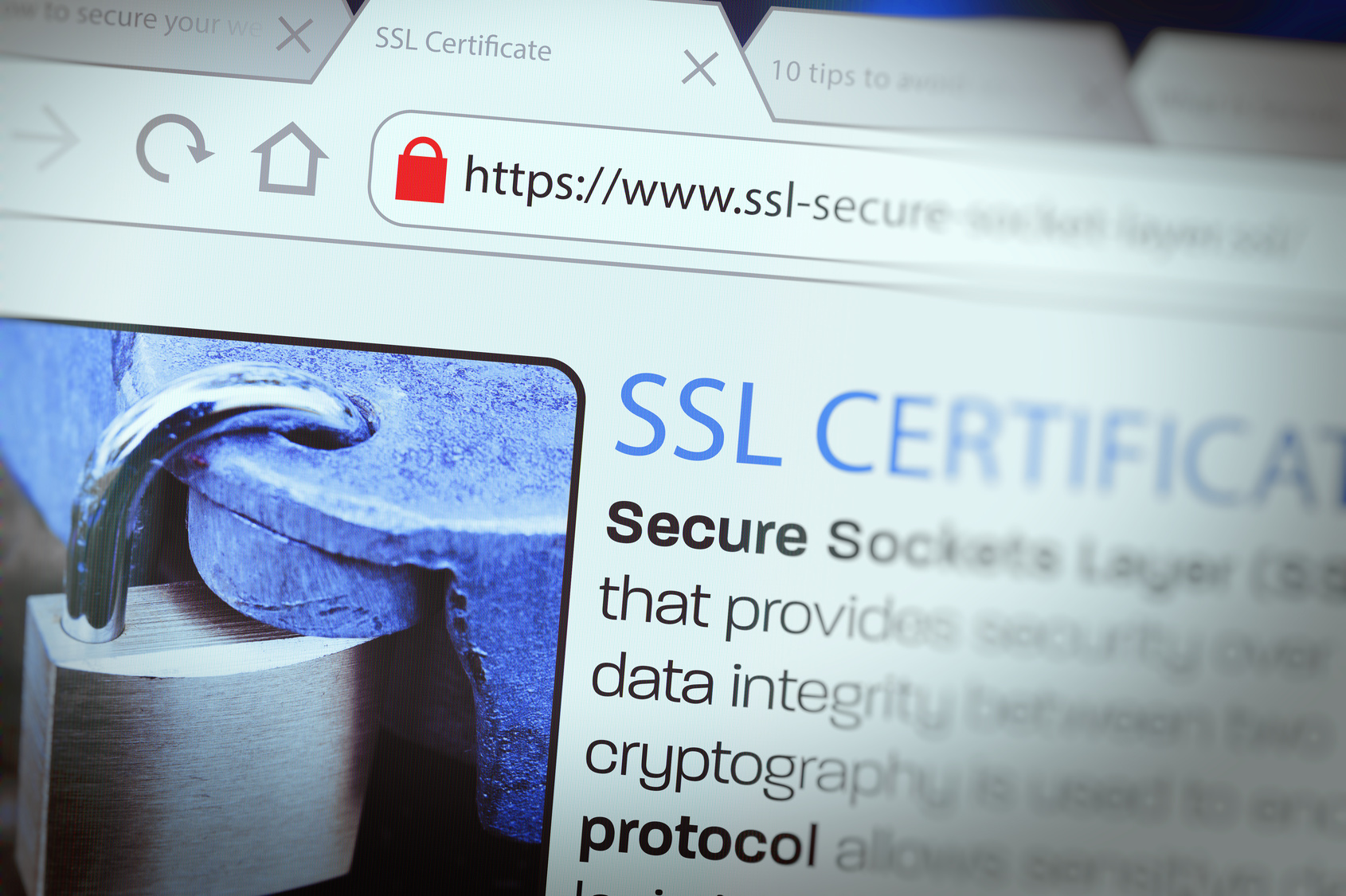Having a secure site is more than just performing regular backups to protect files. Customers need to know that any information they share is protected and confidential.
Soon, Google Chrome will begin warning people of unsecured websites.This means any time someone tries to access a site that’s not secure, Google will display a message within the address bar.
If your site is one of them, people will feel wary about spending any time on it. They’ll begin to wonder if their information can be stolen. That’s a risk you can’t afford to take.
To be a credible secure site, you’ll need to know the basics. Ready to find out what they are?
Let’s get into it!
A Secure Site is Spelled as HTTPS
Have you ever noticed how some websites have ‘HTTP’ or ‘HTTPS’ at the beginning of their URL? This indicates whether the site is secured.
Adopting a URL that begins with HTTPS is the best thing to do. This tells the user it’s a safe site to access.
All information shared is encrypted. No information can be stolen while visiting that site.
Take Action Immigration Bail Bonds for example. Their URL begins with HTTPS so users know hackers can’t track their activities or get a hold of their financial information.
Keep Software Up to Date
Hackers are always on the lookout for websites that aren’t updated regularly. Why?
Because when that software isn’t kept up to date, it’s left vulnerable. There are “holes” hackers can get into to compromise your site.
If your site is operated by a third-party software such as a CMS, be sure to apply those security patches as soon as they become available. If you use a hosting company, they should automatically apply those updates for you.
Use a Strong Password
Not only is it a good habit to have among your personal social media profiles but for your website as well. Hackers can easily locate your admin login page in a matter of seconds.
When they do, they’ll try to hack into your account by figuring out your password. It only takes about a day to crack an eight-character password.
Using a complex password needs to be a requirement if you want a secure site. The moment your files and user data is compromised, it’s hard to recover.
To maximize protection, change your password every two months. Or implement a two-step verification process.
XSS Protection
XSS stands for cross-site scripting. It’s an attack that hackers use to inject malicious codes into your website.
They do so by leaving a comment somewhere on your site with the code. Anyone who sees that comment is automatically affected.
Scary stuff, right? The point of this type of attack is to steal credentials and other data.
If your site allows comments anywhere, even blog posts, change the settings to manually approve every comment. This’ll limit the chance of an XSS attack from happening and it’ll help cut down on spam as well.
Wrapping Up
Keeping your bail bonds website secure is number one. You’re not only protecting your own information but your client’s as well.
They want to feel safe while perusing your site and inputting sensitive information. It’s vital to prevent attacks before they happen.
Want to know what’s going on with your site? Our monitoring system makes it easy to know and our affordable pricing plans make it accessible to everyone.
Ready to get started? Contact us today!




